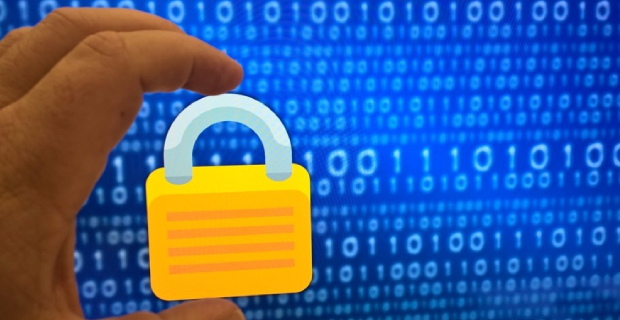Understand How to Make my Webpage Secure Before you Regret
Undoubtedly, an online presence boosts your business visibility among the people. You should know advancement in technology also creates new loopholes for the attackers. If you want to prevent hackers from stealing your and your consumer’s data, you should have complete knowledge about how to make my webpage secure. A collection of secure webpages ensures a safe and threat-free environment for your users.
In this post, we have compiled a list of steps by which you can secure your webpages. Let’s read on.
7 Best Ways to Secure Your Website
How can i make my Site Secure?
- Select a Reputable Host
- Network Infrastructure
- Keep Robust Passwords
- Choose the Right Content Management System
- Manage Plugins and Add-Ons
- Keep Security Subscriptions Up-to-date
- Enable Automatic Back-up

1. Select a Reputable Host
When you launch your website, you will come across various hosting options. Each provider offers you specific features and advantages that can improve and secure your webpages. Choosing the right host is the first and foremost move to ensure the security of your webpages.
Before choosing a host, make sure they have features like DDoS (Denial-of-Service) protection and WAF (Web Application Firewall). These types of features help you to prevent SQL injection, malware, and malicious content.
2. Keep Robust Passwords
Passwords play a significant role when it comes to secure your webpage. Most of the cybercriminals try to access your website by guessing your passwords. Always choose a combination of letters, symbols, and numbers to create a strong password. With this, always remember to keep different passwords for different accounts. Imagine if a hacker guesses your password right, you can lose all your accounts.
3. Choose the Right Content Management System
The selection of the right content management system plays a significant role in securing your webpages. An effective CMS can defend your webpage and ensure the least security gaps. These systems regularly update their software, and the latest versions can help your website to stand strong against a cybercriminal.
Joomla and WordPress are two popular CMS platforms, which are user friendly and facilitate a safe environment for the users.
4. Install SSL Certificate
A secures transaction is a critical function of a business, and the Secure Socket Layer certificate is mandatory to all e-commerce websites. You need to buy SSL certificate, which is essential security for your payment webpage for a safe transaction. When you process a payment through a website that doesn’t have SSL, it transfers the data in plain text, which can be read by an attacker.
If a website has enabled an SSL certificate, it sends the information in encryption form. With this, you can also exchange your Http address for https, which is the sign of a secure webpage for users and business partners.
5. Manage Plugins and Add-Ons
Plugins and add-ons can enhance the experience of your website users, but overburden can open doors to hazards for a website. They can also slow your webpage functioning and responsiveness. Regular plugin and add-on inspection can reduce the risk of crashing of your site.
Whether they come from your CMS or a third party, it is always essential to verify the reputation and details of add-ons and plugins.
6. Keep Security Subscriptions Up-to-date
You need to keep a tab on paid security subscriptions provided by your CMS. Malware can capitalize when these subscriptions got ended. Tracking your various services can inform you about the subscription end and how integral they are to your webpages.
You can also opt for auto-renewal to close the breaks in subscriptions, which narrow the doors for an attacker from intruding.
7. Enable Automatic Back-up
Building your website is a time-consuming process that takes plenty of effort. Your website can be crushed and destroyed by the cybercriminals. A back-up system is an excellent solution for this kind of crisis. Store your website’s content at a secure place like the central server protect it from potential threats.
By enabling automatic backup for your website, you will have the latest content of your website from the beginning. In the time of crisis, you can launch your website in no less time.
8. Use Anti-Malware Software
If you are not a technical person, by installing anti-malware software, you can secure your webpage. This software does all the hard work for you, like malware detection and removal, web scanning, PCI compliance, etc. There are several anti-malwares software which offers you free services, and some need payment to do the things. Paid software provides you advance and inbuilt features to ensure tight security.
Conclusion
After reading this, you know how to secure a website and as well as your webpage. Whether you are building a website or already owning one, you can apply the above methods on both to make your website stand strong against the threats.
© 2025 Comodo Security Solutions, Inc





